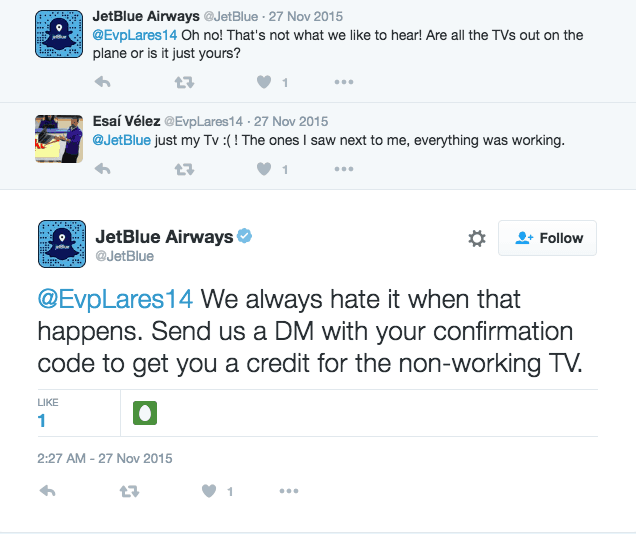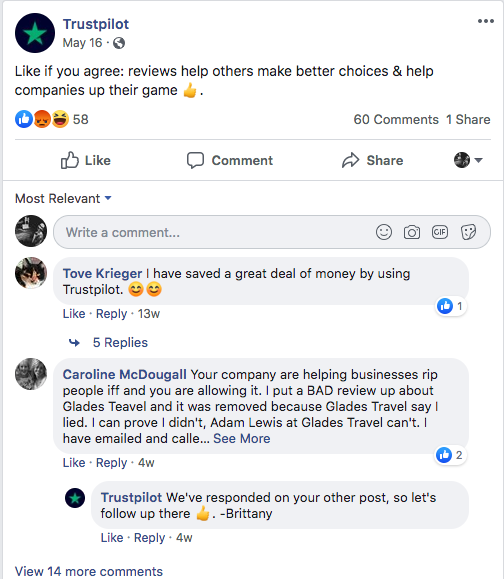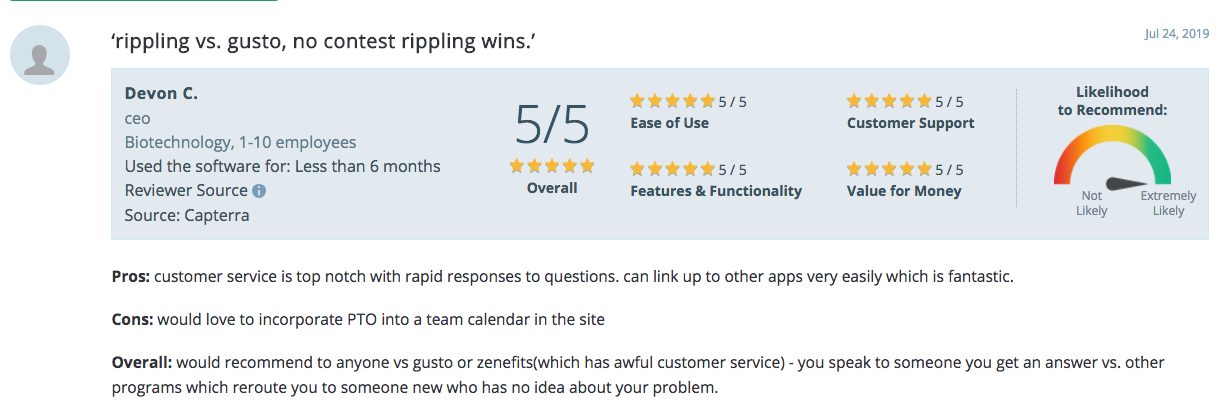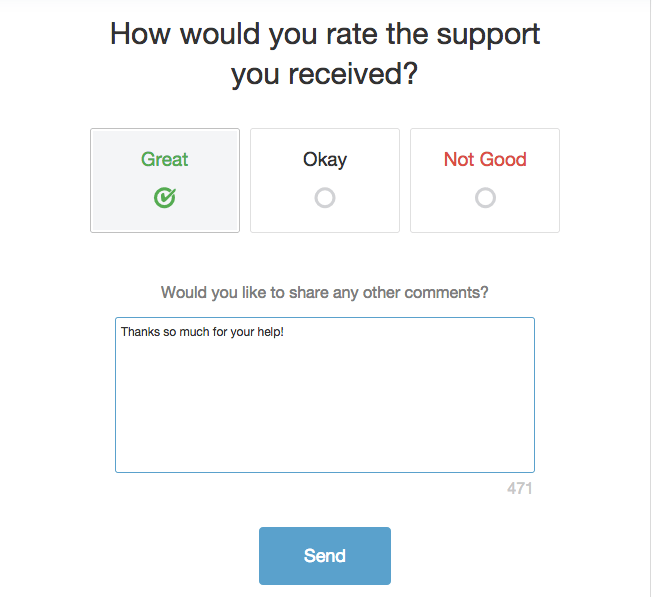These days, 86% of shoppers actively search for reviews before making a purchasing decision.
With this in mind, most companies are highly motivated to gather and publish reviews to help boost future sales.
This is by no means the only purpose of customer feedback. Although no one loves to receive criticism, we can all agree that constructive feedback is necessary for improvement in any situation. Whether it comes from a teacher, coach, parent, manager, or a customer, you should always analyze honest feedback to find ways to adjust and make corrections.
Companies should be actively working to gather honest reviews from their customers so they can make important improvements to the customer experience. However, sometimes customers need a little push in the right direction.
So, how can your company push more customers to leave this valuable honest feedback?
1. Use Social Media
Social media is doing just about everything for marketing purposes these days. Customers are now using social platforms to find out about new products, research brands, and interact directly with companies. We’ve all seen humorous (or sometimes cringe-worthy) interactions between disgruntled customers and businesses on Twitter or Facebook.
People often prefer to use this channel because they can get a brand’s attention fairly quickly, making it far more effective to use than calling into the customer service line.

Since customers commonly use social media to directly engage with brands these days, marketers should not only be using social media for monitoring and responding to negative sentiment.
Instead, they should encourage their followers to share their honest opinions and experiences to gather important audience data that is both directly related to the business as well as segmentation.
You can see a great example of this on Trustpilot’s Facebook page.
Since Trustpilot is commonly used by e-commerce brands, they urge their followers to share data on their online shopping habits in engaging ways. They will often create online polls or simply ask customers to share their opinions directly in the comments. This allows the company to gather useful audience data with authentic posts designed for engagement.

Since Trustpilot is commonly used by e-commerce brands, they urge their followers to share data on their online shopping habits in engaging ways. They will often create online polls or simply ask customers to share their opinions directly in the comments. This allows the company to gather useful audience data with authentic posts designed for engagement.
2. Consider an Incentivizing Approach
One surefire way to get more reviews is to simply ask for them. Often times customers either forget to leave feedback or don’t feel like going through the hassle of going to a website to type out a review. But, 70% of customers that are asked directly by a company to write a review end up doing so.
In order to gather the greatest number of reviews possible, you may want to consider creating offers that will incentivize customers to leave more detailed reviews. The key here is to still remind customers to share their honest opinion, not just a positive one, as this can certainly get you into some sticky legal troubles.
However, there are some great ways to urge customers to leave more information regarding their experience — and even submit supplemental content like pictures and videos.
For example, Banish Skin Care offers customers an extra 10% discount on their next order if they upload pictures with their online review.
You can also incentivize reviewers by offering them an entry into a giveaway, like how The Land of Nod did with their email campaign.

Another creative spin to put on things is to explain why their feedback really matters. Customers don’t necessarily care that their ratings may influence future customers, but they would like to know that their feedback can lead to changes to improve their next experience.
3. Make it as Easy as Possible
Everyone hates those long market research surveys that ask you to answer questions by “strongly agree, agree, somewhat agree, somewhat disagree, strongly disagree.” It’s time-consuming and frustrating – and it doesn’t necessarily give your company honest feedback since reviewers are not able to share their experience in their own words.
Instead, look for ways to narrow down your questions to get to the root of the issues that you need answering and make it as easy as possible for customers to submit feedback. Rather than just asking for a generic “How was your experience?” or “How did you like your purchase?” ask customers specific but detailed questions that can be easily answered.
Some review platforms are designed to ask these kinds of leading questions to give your company even more detailed information.
For instance, on Capterra’s review page for Rippling’s HR program, customers are asked to share both the pros and cons of their experience while also rating specific features, like the company’s customer support and the program’s functionality.

This makes it easy for customers to organize their thoughts while still giving the company plenty of review data.
If you do need to create a review survey, try to keep the options as short and sweet as possible, while still providing enough selections to get a clear picture of the customer’s experience. Eliminate extra verbiage and simply ask for customers to elaborate on their answers – rather than forcing them to answer dozens of similar questions.

Conclusion
Gathering customer reviews is one of the most under-rated secrets to success; sadly, many companies totally overlook the valuable information they contain.
In order to get the most from these ratings, you need to first understand how important honest feedback really is. These comments from your customers can shed a light on issues you may not even realize are present, as well as to help make necessary improvements to the overall customer experience.


